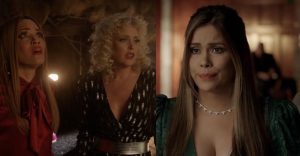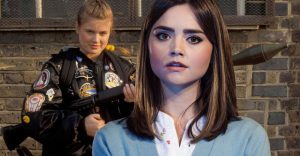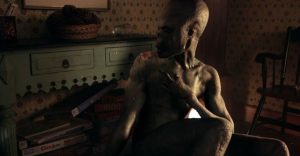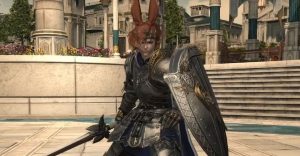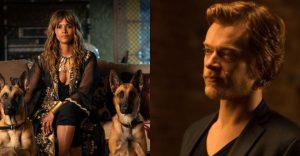Encanto Animator Explains How Bruno’s Unique Design Connects to His Story
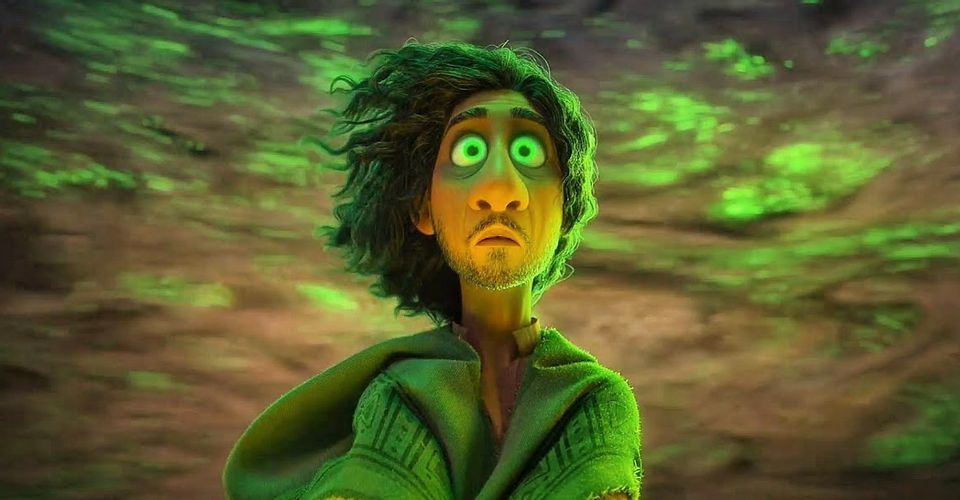
Animators of the hit Disney film Encanto go into detail on how Bruno’s character design connects to his story. Encanto was one of Disney’s biggest successes from 2021 and tells the story of Mirabel Madrigal, a girl who must deal with the frustration of being the only member of her family with no magical abilities. The film stars Stephanie Beatriz and features a host of memorable songs by Hamilton and Moana composer Lin-Manuel Miranda. Since its release, audiences have embraced the film and its soundtrack, and it is even nominated for three Academy Awards, including Best Animated Feature.
One of Encanto‘s most interesting characters is Bruno, voiced by John Leguizamo. Mirabel’s uncle has the ability to predict the future, but because he generally only predicts disasters, he decides prior to the events of the film to hide from his family. While Mirabel is at first under the impression that Bruno has left home, mostly due to the delightful lyrics of Encanto‘s most popular song, “We Don’t Talk About Bruno,” she soon finds that he’s been hiding in the walls of the family house and is much more gentle than she has been lead to believe. The real Bruno is quite quirky and charming, and he has become a fan-favorite character.
In a recent interview with THR, head of animation Kira Lehtomaki explains how Bruno’s look was designed to change according to what audiences were told about him in the story. During “We Don’t Talk About Bruno,” Bruno is built up to be an imposing, dark figure, which led to the animators initially creating a somewhat frightening look for the character. However, once the audience meet the real Bruno, Lehtomaki says they gave him a less threatening look, which involved a more muted color palette along with a shorter, skinnier body. Lehtomaki goes on to describe how Bruno’s “skin color has a little bit of a gray tone to it” to give him the feeling of being forgotten. See the full quote below:
[T]here was this myth created about him — 7-foot frame, scary mythology being built up around him — [that was] contrasted with the real Bruno when we meet him behind the walls. He became shorter, skinnier, and a really sweet and not-intimidating kind of person. […] [Bruno’s color palette is] much more muted and dark, and even his skin color has a little bit of a gray tone to it just because he’s been forgotten and he’s sort of faded away.

Lehtomaki also points out how one of her favorite elements to Bruno’s character is his trademark poncho. As the poncho appears in both the mythical “evil” Bruno design as well as the “real” design, she says that it was a really fun way to differentiate the two versions of the character. She also points out how the poncho was particularly fun to animate when shape-shifter Camilo turns into Bruno, as their costumes both contain what she describes as a “ghostlike” draping to them.
With such attention to detail from the Encanto animators, it’s no wonder that the film has made such an impression on Disney fans. The creative team has certainly gone to great lengths to make the film as meticulous as possible, and it has definitely paid off. With a film that blends stunning visuals with such toe-tapping music, it’s not at all hard to imagine Encanto taking home Best Animated Feature come Oscar night.
Source: THR












